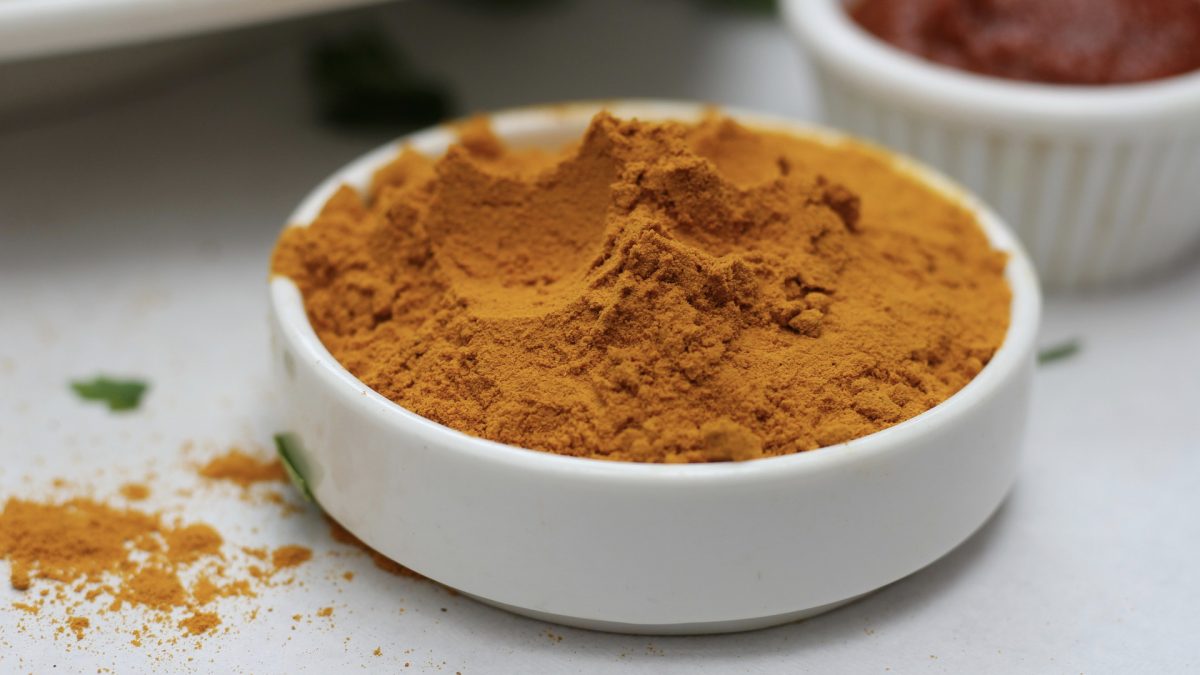Medicine is messy. One of the reasons researchers experiment on animals is they can create uniform, standardized injuries to test potential remedies. It’s not like you can just cut open 50 people and see if something works better than a sugar pill. But, wait a second, we cut people open all the time. It’s called surgery.
In my video Speeding Recovery from Surgery with Turmeric, I discuss a double-blind, randomized, placebo-controlled study that investigated the efficacy of turmeric curcumin in pain and post-operative fatigue in patients who had their gall bladders removed. Fifty people were cut into and given either curcumin or an identical-looking placebo, along with rescue analgesics—i.e., actual painkillers to take if the pain became unbearable. Even though it’s just laparoscopic surgery, people don’t realize what a toll it can take. (You can be out of commission for a month!) In India, turmeric—found in curry powder—has traditionally been used as a remedy for traumatic pain and fatigue, so the researchers decided to put it to the test.
According to the study, in the weeks following surgery, there was a dramatic drop in pain and fatigue scores in the turmeric curcumin group, with p-values of 0.000. Those are my kind of p-values! The “p-value” refers to a measure of the strength of evidence. The smaller it is, the stronger the evidence is that the result they found didn’t just happen by chance. By convention, a p-value under 0.05 is considered small enough for a result to be considered statistically significant. This means that you’d only expect to find a result that remarkable simply by coincidence 5% of the time, or in 1 out of 20 cases. So a p-value like the one in the study, <0.000, suggests you’d have to run the experiment thousands of times before you’d come up with such a dramatic result just by chance.
It’s hard to come up with objective measures of pain and fatigue, but drug-wise, the curcumin group was still in so much pain they were forced to take 7 of the rescue painkillers. In the same time period, though, the control group had to take 39 pain pills. Of course, it’s better not to get gallstones in the first place, but the researchers’ conclusion was like no other I’ve ever read in a drug trial.
“Turmeric is a natural food ingredient, palatable, and harmless.” Okay, so far so good. It continued: “It proves to be beneficial as it may be an ecofriendly alternative to synthesized anti-inflammatory drugs which have a definite carbon footprint due to industrial production.” Since when do surgery journals care about the greenhouse gas emissions from drug companies? I just had to look up the reference in the journal Surgical Endoscopy entitled “Journey of the Carbon-Literate and Climate-Conscious Endosurgeon Having a Head, Heart, Hands, And Holistic Sense Of Responsibility.” I don’t know what’s stranger, seeing the word “holistic” in a surgical journal or the name of this guy’s practice: “Dr. Agarwal’s Surgery & Yoga.”
The benefits of turmeric are clear—and not just as a remedy for pain. The spice also serves as a potent treatment against cancer, as I explain in these videos:
- Back to Our Roots: Curry and Cancer
- Carcinogenic Blocking Effects of Turmeric
- Turmeric Curcumin Reprogramming Cancer Cell Death
- Turmeric Curcumin and Colon Cancer
- Topical Application of Turmeric Curcumin for Cancer
- Turmeric Curcumin, MGUS, and Multiple Myeloma
- Turmeric Curcumin and Pancreatic Cancer
- Benefits of Turmeric Curcumin for Inflammatory Orbital Pseudotumor
Turmeric is effective at fighting many other health conditions, too, as is evident in these videos:
- Turmeric Curcumin and Rheumatoid Arthritis
- Turmeric Curcumin and Osteoarthritis
- Boosting the Bioavailability of Curcumin
- Who Shouldn’t Consume Curcumin or Turmeric?
- Preventing Alzheimer’s with Turmeric
- Treating Alzheimer’s with Turmeric
- Turmeric Curcumin vs. Exercise for Artery Function
- Fighting Lupus with Turmeric
- Turmeric Curcumin for Prediabetes
- Heart of Gold: Turmeric vs. Exercise
- Benefits of Turmeric for Arsenic Exposure
Finally, you may be wondering whether turmeric is best taken as a supplement or in whole food form. I invite you to watch Turmeric or Curcumin: Plants vs. Pills and find out.
In health,
Michael Greger, M.D.
PS: If you haven’t yet, you can subscribe to my free videos here and watch my live, year-in-review presentations:
- 2012: Uprooting the Leading Causes of Death
- 2013: More Than an Apple a Day
- 2014: From Table to Able: Combating Disabling Diseases with Food
- 2015: Food as Medicine: Preventing and Treating the Most Dreaded Diseases with Diet
- 2016: How Not To Die: The Role of Diet in Preventing, Arresting, and Reversing Our Top 15 Killers
